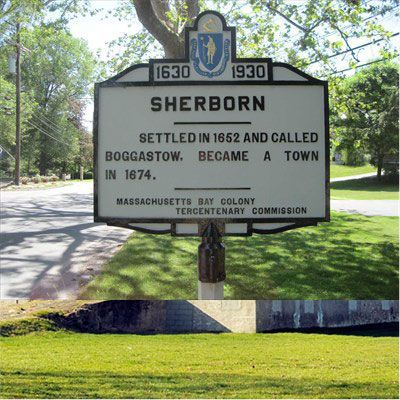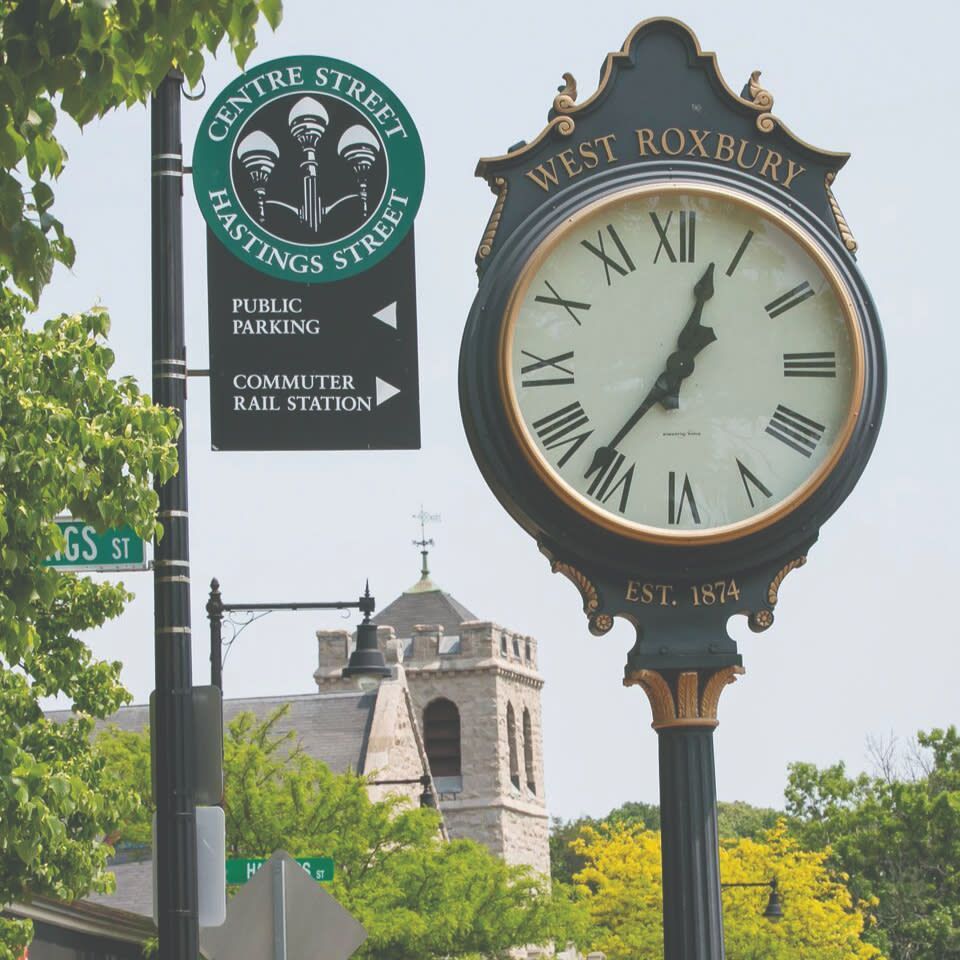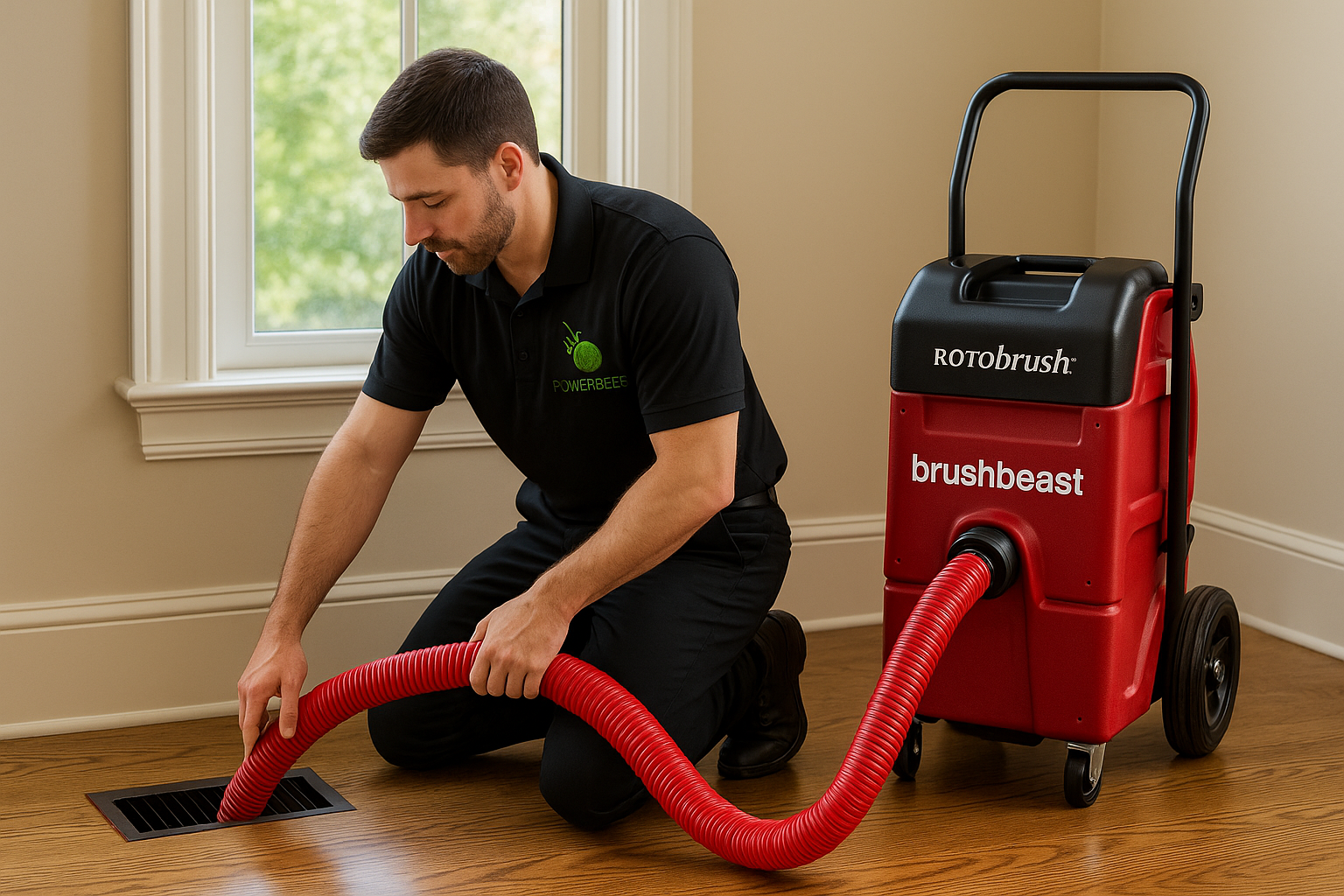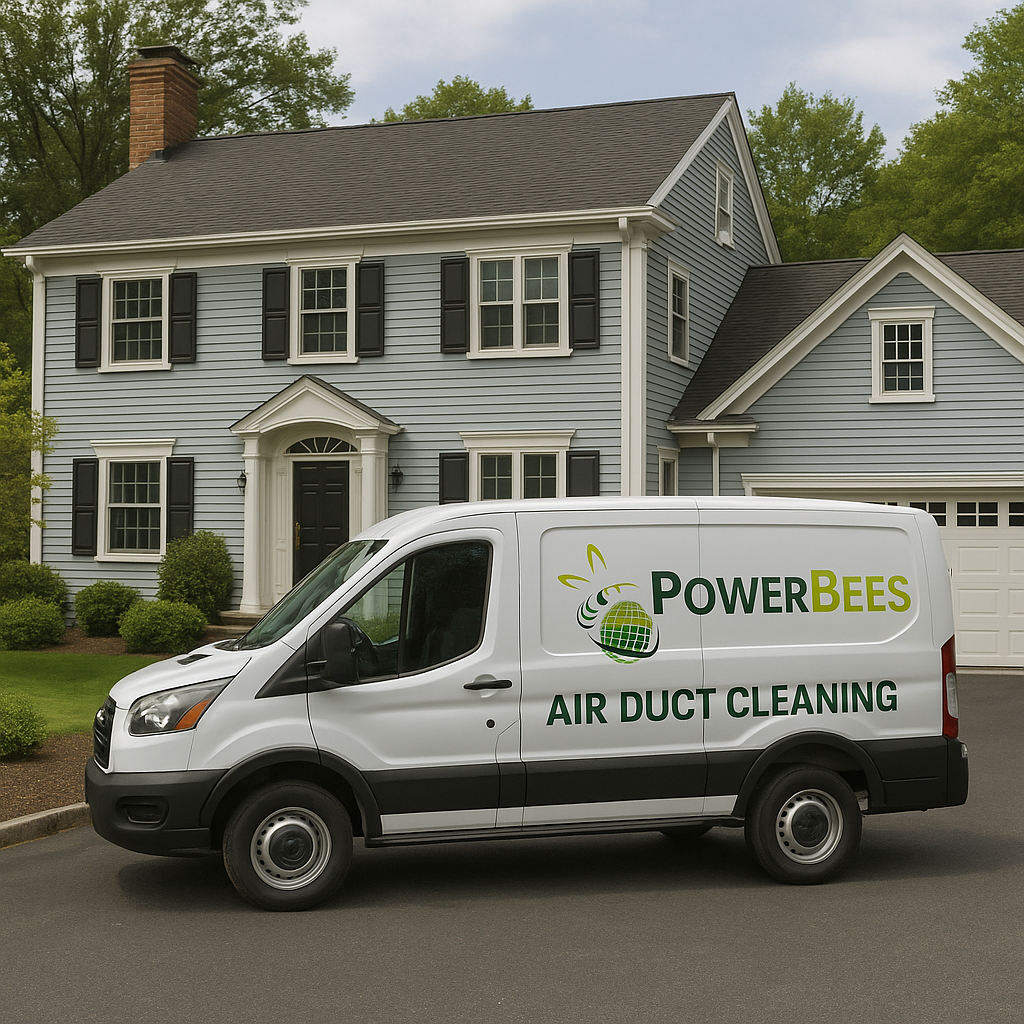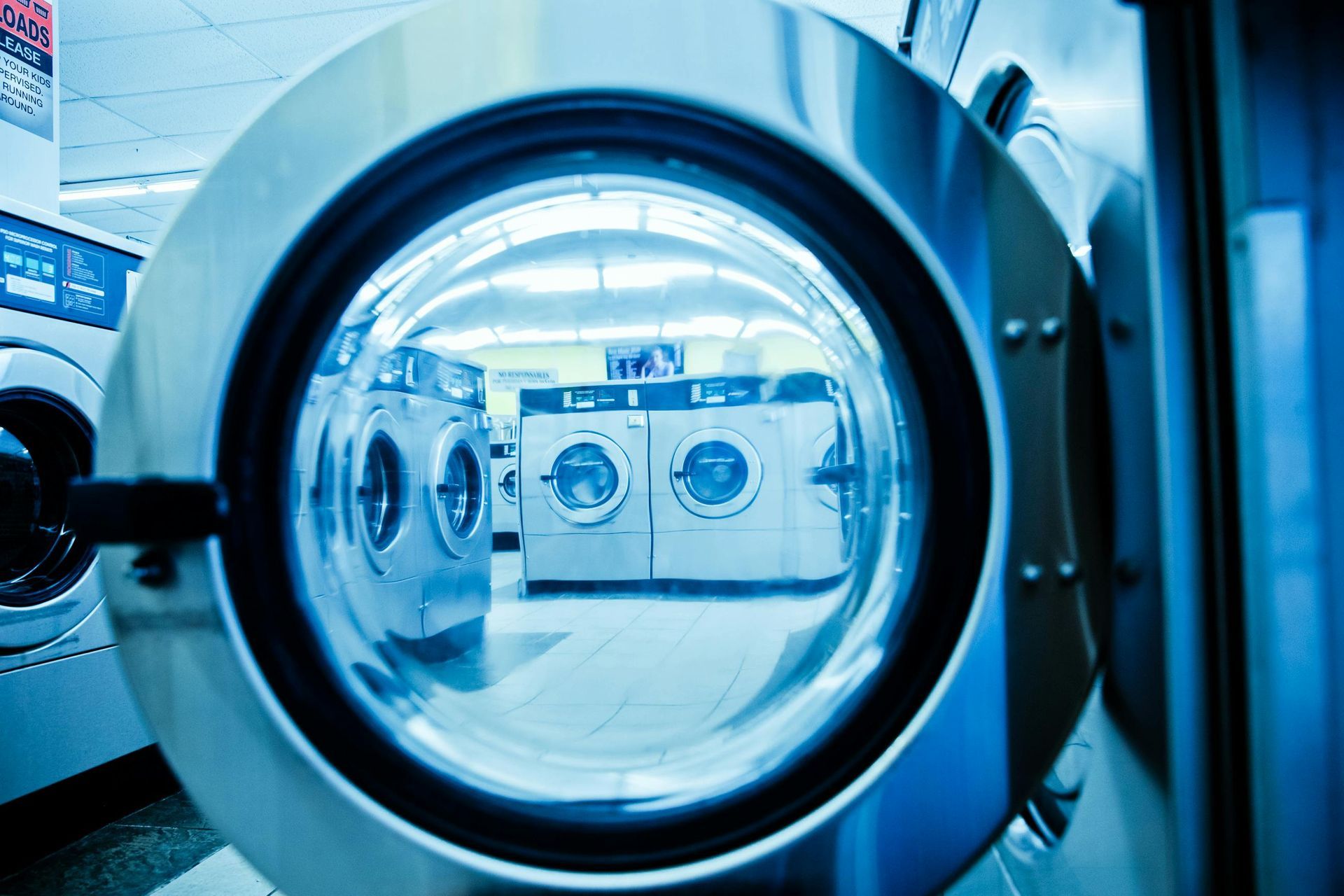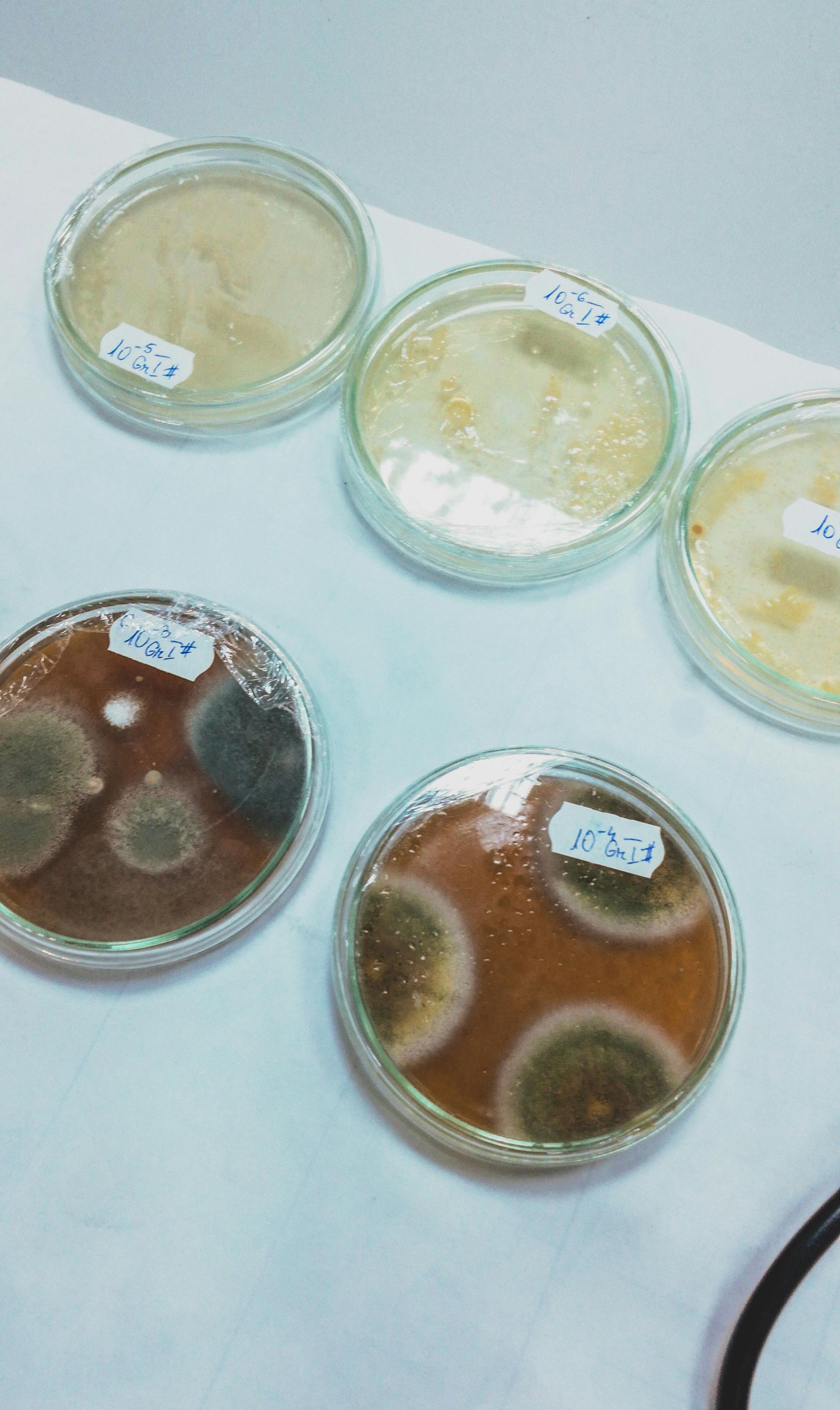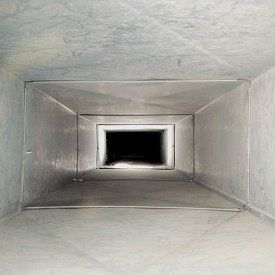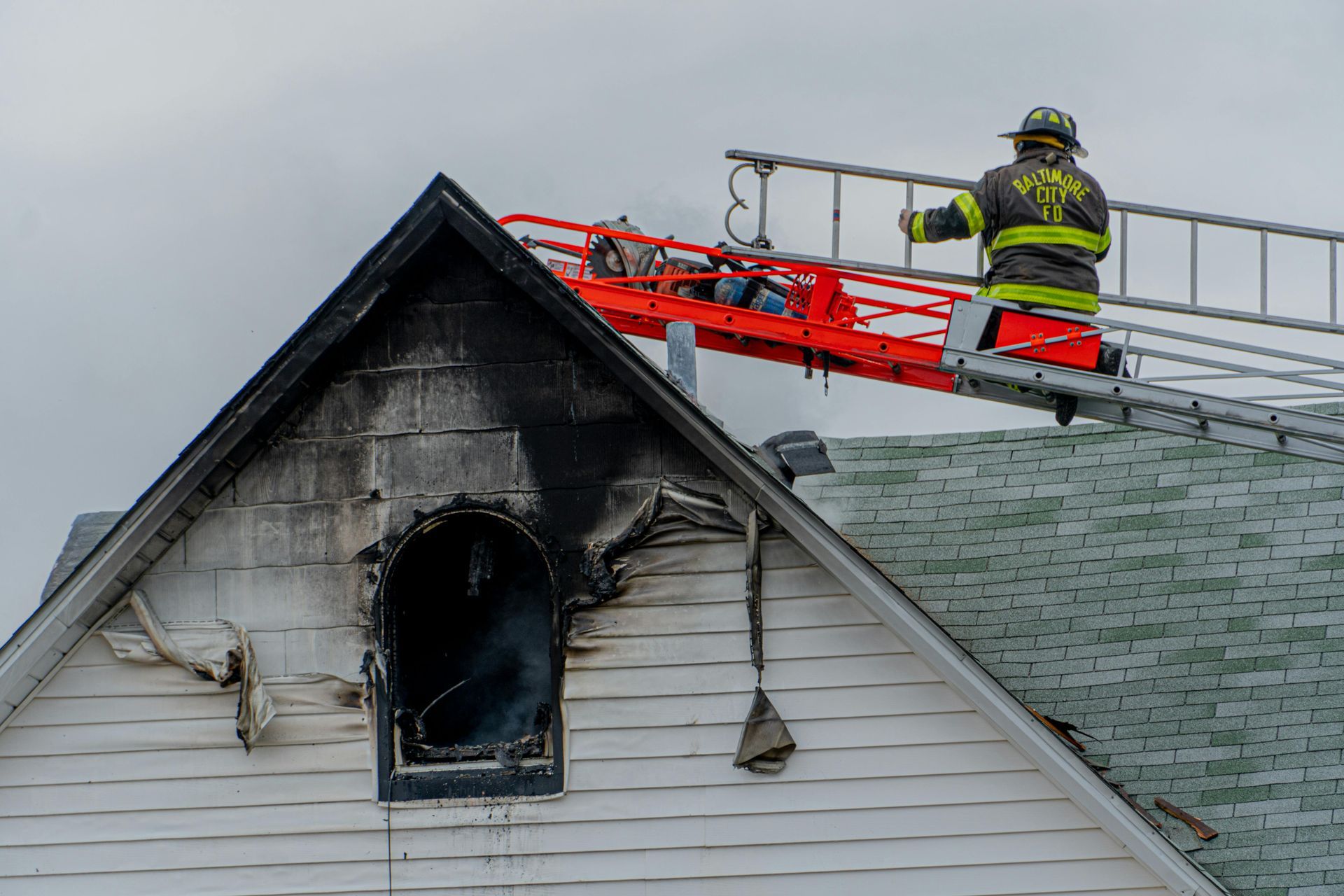Testing for Mold in Lexington Homes Built in the 1960s
How Professional Mold Testing Helps Protect Families with Asthma

Mold Testing in Lexington, MA: Protecting Indoor Air Quality in Colonial-Style Homes
Lexington, MA is known for its deep history and classic New England architecture. As the site of the first battle of the American Revolution on April 19, 1775, the town is home to centuries-old landmarks like the Lexington Battle Green and Buckman Tavern. Alongside its historic buildings, Lexington also has many mid-20th century colonial-style homes, which remain popular for their timeless design and sturdy construction. While these homes are beloved for their character, their age and building materials can create conditions where mold growth becomes a hidden problem — one that directly impacts indoor air quality and family health.
This week, PowerBees, a leading indoor air quality company and member of the National Air Duct Cleaners Association (NADCA), performed mold testing in a Lexington colonial built in the 1960s. Using air samples, the lab results revealed high levels of Penicillium/Aspergillus and Stachybotrys in the basement, as well as elevated levels of Penicillium/Aspergillus at the top of the stairs from the basement on the first level. One of the children in the home suffers from asthma and frequent respiratory issues, making these findings especially significant. This case underscores why testing for mold is critical for maintaining healthy air in Lexington homes.
Why Colonial-Style Homes Are Vulnerable to Mold
Many colonial-style homes built in Lexington during the 1950s and 1960s feature basements, unfinished attics, and traditional HVAC systems. These spaces can become breeding grounds for mold due to fluctuating humidity, seasonal temperature changes, and aging construction materials. Basements in particular often trap moisture from the ground and from leaky foundation walls, creating damp conditions ideal for mold growth.
Older HVAC systems can make matters worse. When mold in HVAC systems goes undetected, spores from the basement or attic can be drawn into the ducts and distributed throughout the home. Even if visible mold is limited to the basement, air circulation can carry spores to living areas, stairways, and bedrooms, exposing family members to allergens and toxins.
Understanding the Mold Species Found in Lexington Homes
The PowerBees inspection identified two key mold types that frequently appear in Massachusetts homes: Penicillium/Aspergillus and Stachybotrys. Each poses distinct health risks and requires professional evaluation.
Penicillium and Aspergillus
Penicillium and Aspergillus are among the most common indoor molds. They thrive in damp environments, especially on building materials such as drywall, insulation, and wood. These molds release microscopic spores into the air, which can cause allergic reactions, respiratory irritation, and asthma attacks. People with compromised immune systems, young children, and the elderly are particularly vulnerable. In the Lexington home, elevated levels of Penicillium/Aspergillus were found not only in the basement but also at the top of the stairs on the first level, demonstrating how spores can migrate upward through the home.
Stachybotrys
Commonly known as “black mold,” Stachybotrys produces mycotoxins that can have serious health effects. Prolonged exposure has been associated with chronic sinus infections, coughing, headaches, and neurological symptoms. It grows best on materials with high cellulose content, such as wood framing or paper-backed drywall, in areas with persistent moisture. In the Lexington home, high levels of Stachybotrys were detected in the basement — a red flag for potential long-term health risks.
Health Impacts and Family Concerns
For families like the one in this Lexington case, mold contamination is more than a structural issue — it’s a health emergency. The child with asthma is at heightened risk because mold spores and mycotoxins can trigger respiratory symptoms, wheezing, and airway inflammation. Even healthy individuals may experience nasal congestion, eye irritation, coughing, or skin rashes when exposed to high levels of airborne mold.
Because mold is often invisible to the naked eye, homeowners may underestimate its presence. Musty odors, damp spots, or occasional allergy flare-ups might be the only outward signs. Professional mold testing, using both air samples and lift-tape samples, is the most reliable way to determine if dangerous mold levels exist.
The Importance of Professional Mold Testing
DIY test kits rarely capture the full picture of indoor mold contamination and are not recommended. PowerBees follows strict protocols for testing for mold, collecting both airborne and surface samples to identify the species present and measure their concentration. Air samples provide data on spores circulating through the HVAC system and living spaces, while lift-tape samples pinpoint visible or hidden colonies on surfaces such as drywall or wood beams.
This thorough approach ensures that homeowners receive an accurate assessment of their indoor air quality, which is essential for developing an effective remediation plan. In the Lexington case, identifying the specific molds and their locations allowed the homeowners to target problem areas and protect their family’s health.
Lexington’s Historical Climate Challenges
Lexington’s climate contributes to the need for regular mold testing. The town experiences humid summers and snowy winters, creating seasonal moisture cycles that stress older homes. Warm, damp basements in summer and condensation from cold winter air can both lead to water intrusion and mold growth. Colonial-style homes built in the mid-20th century often have original foundations and ventilation systems that were not designed for today’s indoor humidity control standards.
While Lexington’s historical charm draws families to these homes, the same age and design elements that make them appealing can also increase the risk of hidden mold problems.
PowerBees: Lexington’s Indoor Air Quality Experts
PowerBees has nearly 20 years of experience providing indoor air quality services across Greater Boston and is a proud member of NADCA, the National Air Duct Cleaners Association. Our certified technicians use advanced sampling equipment and industry-approved methods to detect and address mold issues. Whether it’s mold in HVAC systems, basement contamination, or elevated spore counts in living areas, our team ensures that every inspection meets the highest standards of accuracy and safety.
For the Lexington family, PowerBees’ detailed testing gave them the information needed to protect their child with asthma and plan a remediation strategy. This proactive approach can prevent costly damage, safeguard health, and maintain the value of historic colonial homes.
Protect Your Home and Health
If you live in Lexington, MA — especially in a colonial-style home built in the mid-20th century or earlier — regular mold testing is essential. Hidden mold growth can develop quickly in basements, attics, and HVAC systems, even when no visible signs are present. Scheduling professional testing with PowerBees allows you to identify issues early, reduce exposure to harmful spores like Penicillium, Aspergillus, and Stachybotrys, and improve the indoor air quality your family depends on every day.
PowerBees provides comprehensive air and surface sampling, clear reports, and trusted recommendations to keep Lexington homes healthy and safe. Contact PowerBees today to schedule professional mold testing and breathe easier knowing your home’s air is clean and your family is protected.
📞 Call PowerBees today at 1-508-276-8288 to schedule a mold testing appointment




